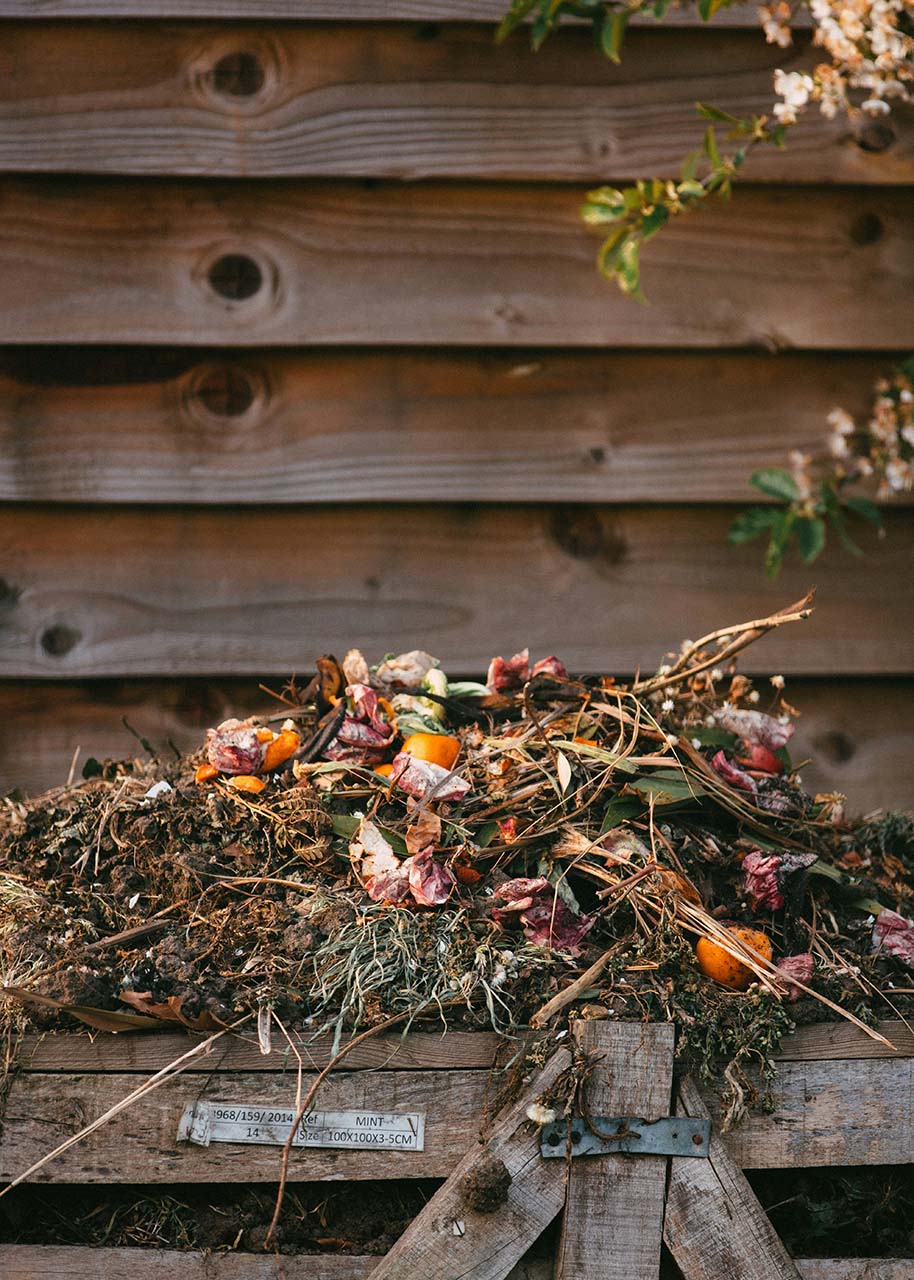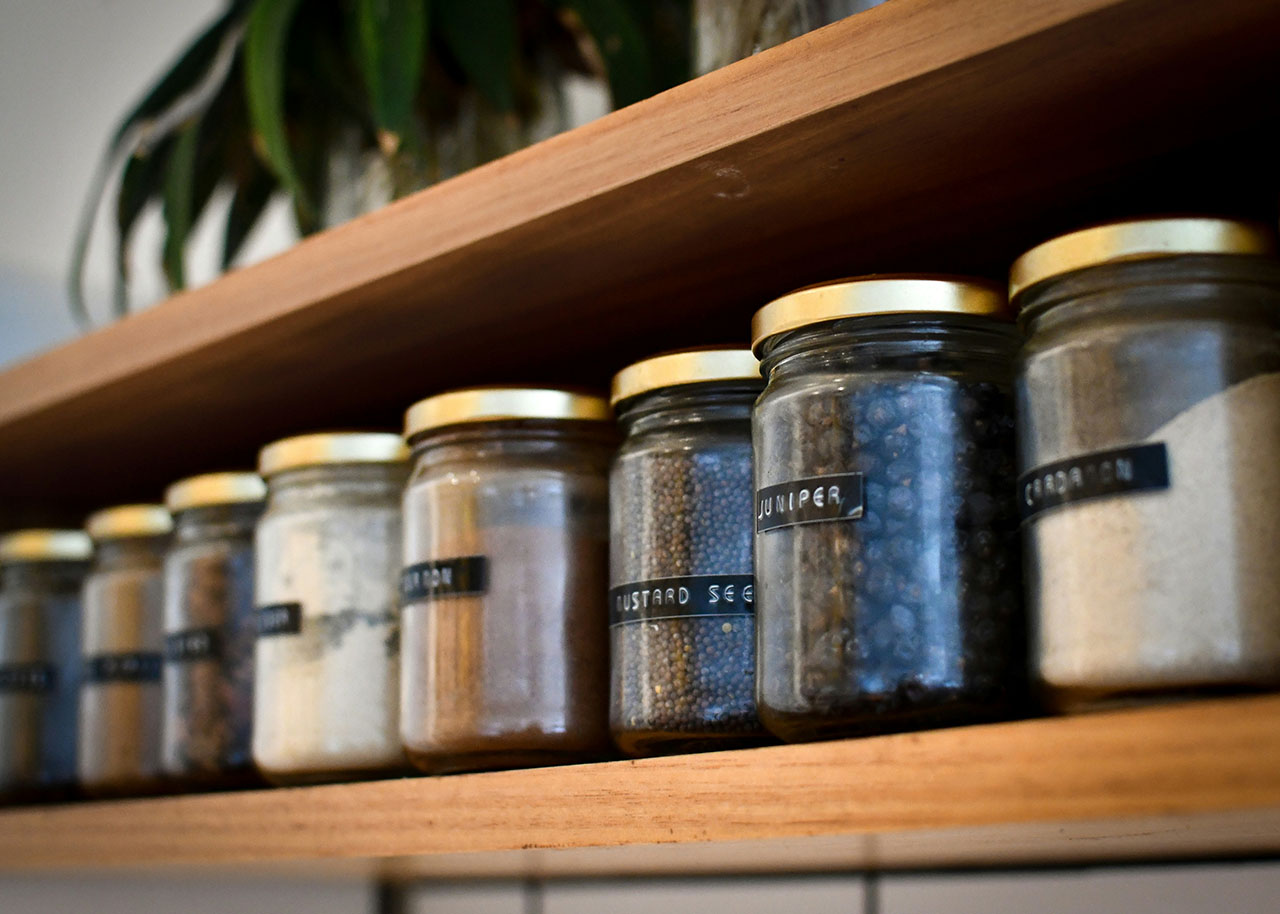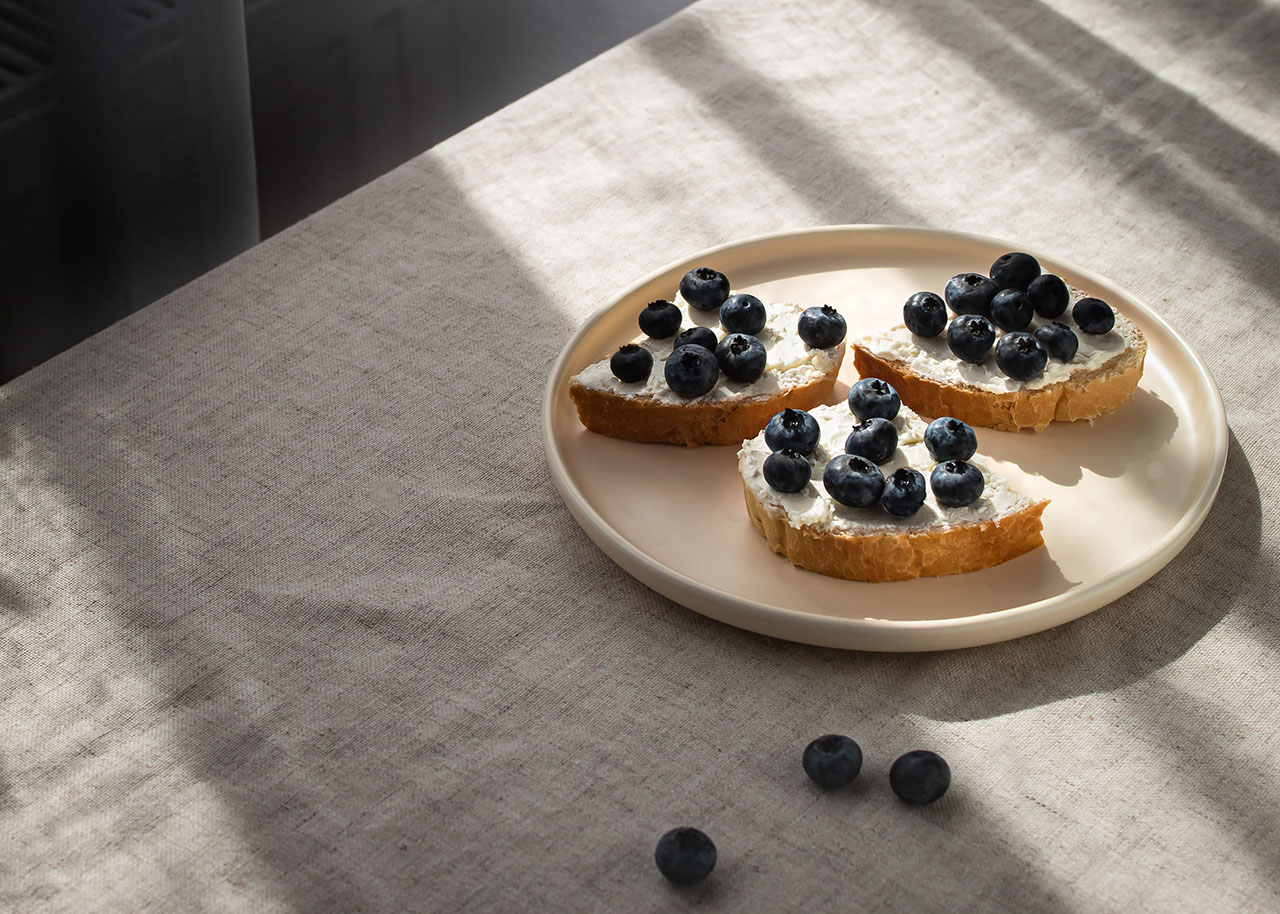(collaborative post)
In our pursuit of a slower, more intentional lifestyle, the kitchen often serves as the heart of our homes. It’s a space where nourishment is created, and where we can make a direct impact on our environmental footprint.
A well-organized, low-waste pantry, coupled with mindful composting practices, is a powerful step towards a more sustainable way of living. This approach encourages us to simplify our relationship with food, to move away from excess and towards mindful consumption. It’s a practice of intention, where every choice, from storage to disposal, reflects our commitment to a more sustainable world. By embracing a few simple sustainable pantry practices, we can simultaneously nurture the earth while nourishing our bodies.
Extending Freshness and Reducing Waste
The first step in creating a zero-waste pantry is to embrace mindful food storage. This means taking stock of what you already have, planning meals to utilize those ingredients, and adopting storage solutions that extend the life of your food. Glass jars, beeswax wraps, and reusable containers not only keep food fresh but also reduce the need for single-use plastics. Using products that are not able to be reused or recycled increases our consumption and contributes to landfills, harming the environment by leaching toxic chemicals.
Preventing Food Waste Before It Starts
Regular inventory checks are crucial to avoiding food waste and keeping our pantries minimal. By knowing what’s in your pantry, you can limit impulse purchases and prevent food from expiring. Consider labelling shelves or using a digital inventory system to keep track of expiration dates and ensure you’re using older items first. This simple practice can significantly reduce food going to waste and save you money in the long run.
Supporting Sustainable Practices
Beyond storage, conscious purchasing habits play a vital role. Opt for bulk items when possible, reducing the amount of packaging waste that enters your home. Support local farmers and producers who prioritize sustainable practices. When you do need to purchase packaged goods, opt for those with minimal or recyclable packaging.

Transforming Scraps into Garden Nutrition
But even with the best intentions, some food waste is inevitable. This is where composting comes in. Creating a compost bin, whether indoors or outdoors, allows you to transform kitchen scraps into nutrient-rich soil amendments. Fruit and vegetable peels, coffee grounds, eggshells, and even tea bags can be added to your compost pile.
Composting not only reduces the amount of waste sent to landfills but also provides valuable fertilizer for your garden or houseplants. If you don’t have the space for a traditional compost bin, consider a countertop composter or explore community composting programs in your area.
How to Handle Larger Cleanouts
For those larger cleanouts, like creating a home garden or doing a massive pantry overhaul, or if you have a lot of non-compostable food waste that has gone bad, it’s good to keep in mind that there are dedicated services that help with waste removal. Sometimes, when a big cleanout is needed, a home dumpster rental can be a very helpful option. These organizations also tend to prioritize sustainability and minimal waste lifestyles, so they can assist you in your journey to an eco-conscious lifestyle.
Final Thoughts
Integrating these practices into your daily routine fosters a deeper connection to the food you consume and the environment you live in. It’s about slowing down, being intentional, and recognizing the impact of our choices. By creating a zero-waste pantry and embracing composting, you’re nourishing your home and the earth. You’re empowering yourself to make a tangible difference, proving that even small actions can contribute to significant positive change.
This post was published in collaboration with a content partner. The article is meant to inspire you how to live a slow, simple, soulful and sustainable lifestyle and may contain (affiliate) links to articles, websites or products/services that may be of interest to you.
Would you like to receive inspiration from The Slow Living Guide regularly?
Sign up for the newsletter here.



